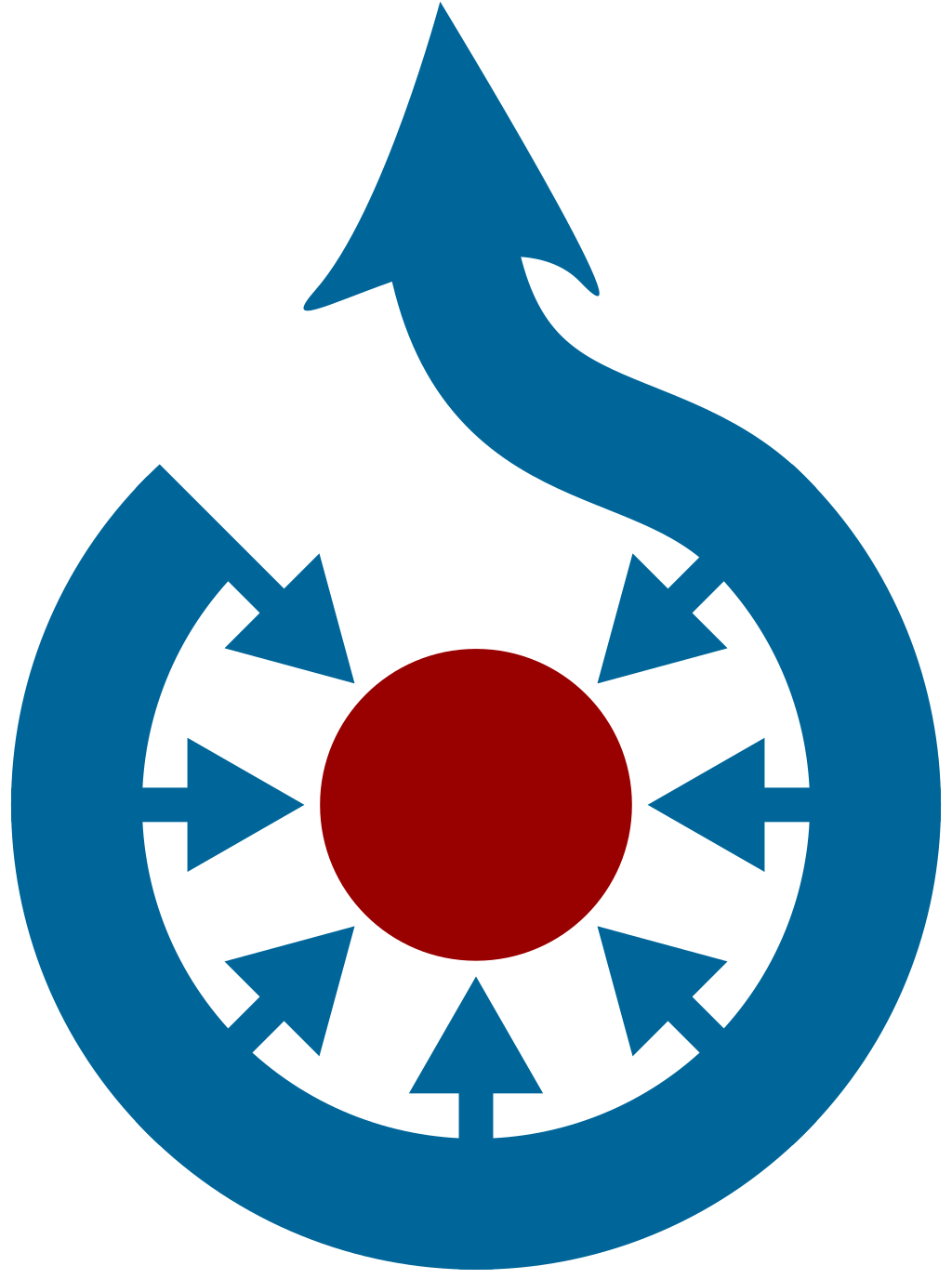
The Battle of Nördlingen II
Artist/Maker
Material / Technique
Dimensionsh x w: Mått 148 x 183 cm
Inventory numberNM 278
Other titlesTitle (sv): Slaget vid Nördlingen II Title (en): The Battle of Nördlingen II
DescriptionCatalogue raisonné: Description in Flemish paintings C. 1600-C. 1800 III, Nationalmuseum, Stockholm, 2010, cat.no. 179: Provenance: Johan Arckenholtz; purchased 1770 by Fredrik Adolf; KM 1804, no. 148; KM 1816, no. 584. Exhibited: Munich 1980, no. 717 (as Peter Snayers?); Münster/Osnabrück 1998/1999, no. 1100 (as Pieter Meulener). Bibliography: NM Cat. 1867, p. 18 (as Pieter Meulener); Sander IV, pp. 72–73; Göthe 1887, pp. 150–151 (as Pieter Meulener); Göthe 1893, pp. 188–189; Göthe 1910, pp. 213–215; Granberg 1911–1913, I, p. 32 Granberg 1929–1931, III, p. 29; NM Cat. 1958, p. 122 (as Pieter Meulener); Legrand 1963, pp. 211–212, fig. 86 (as Pieter Meulener); Danielsson 1972, pp. 13–52 (as Pieter Snayers); NM Cat. 1990, p. 218; Pfaffenbichler (1995), pp. 64–65, fig. 79. This painting depicts the unification of the Spanish with the Imperial troops during the period of the Thirty Years’ War, an event that occurred four days before the Battle of Nördlingen (6 September 1634), in which the joint Catholic troops defeated the Swedish army and the German Protestant princes allied with them. Even while the regent of the Spanish Netherlands, the Infanta Isabella Clara Eugenia, was still alive, the Spanish king Philip IV had designated his younger brother, the Cardinal-Infante Ferdinand of Austria, to be her successor. Destined for ecclesiastical office, Ferdinand was named archbishop of Toledo and a cardinal at the age of ten. His true talents, however, were in the military arena. In April of 1633, he set out with a fleet from Barcelona and headed to Genoa. In Upper Italy he began to gather together troops to accompany him across the Alps to the Netherlands. Although the news of the Infanta’s death on 1 December 1633 suggested the wisdom of quick departure, the Cardinal- Infante did not cross the Alps until the summer of the following year. Uniting his troops with those of the Imperial-Bavarian army, which was under the command of his cousin, King Ferdinand of Hungary, the two commanders met on 2 September 1634 at Reimlingen, south of the beleaguered town of Nördlingen – the scene depicted in the present painting. Snayers places the meeting of the Cardinal-Infante with his cousin in the middle distance of the painting. The two commanders have dismounted from their steeds and are shown embracing one another. Both are surrounded by their respective entourage: the King’s extends into the background on the right, while the Cardinal- Infante is shown slightly separated from his entourage on the left – except for his second-in-command, Diego Felipe de Guzmán – and is seen as the principal figure. In the background various troop formations are depicted. The present painting is chronologically the first in the set of three paintings (nos. 179–180) celebrating the overwhelming victory of the Imperial- Catholic troops at Nördlingen. CF [End]
Depicted place
Collection
TechniquePainting
Object category
Keyword







